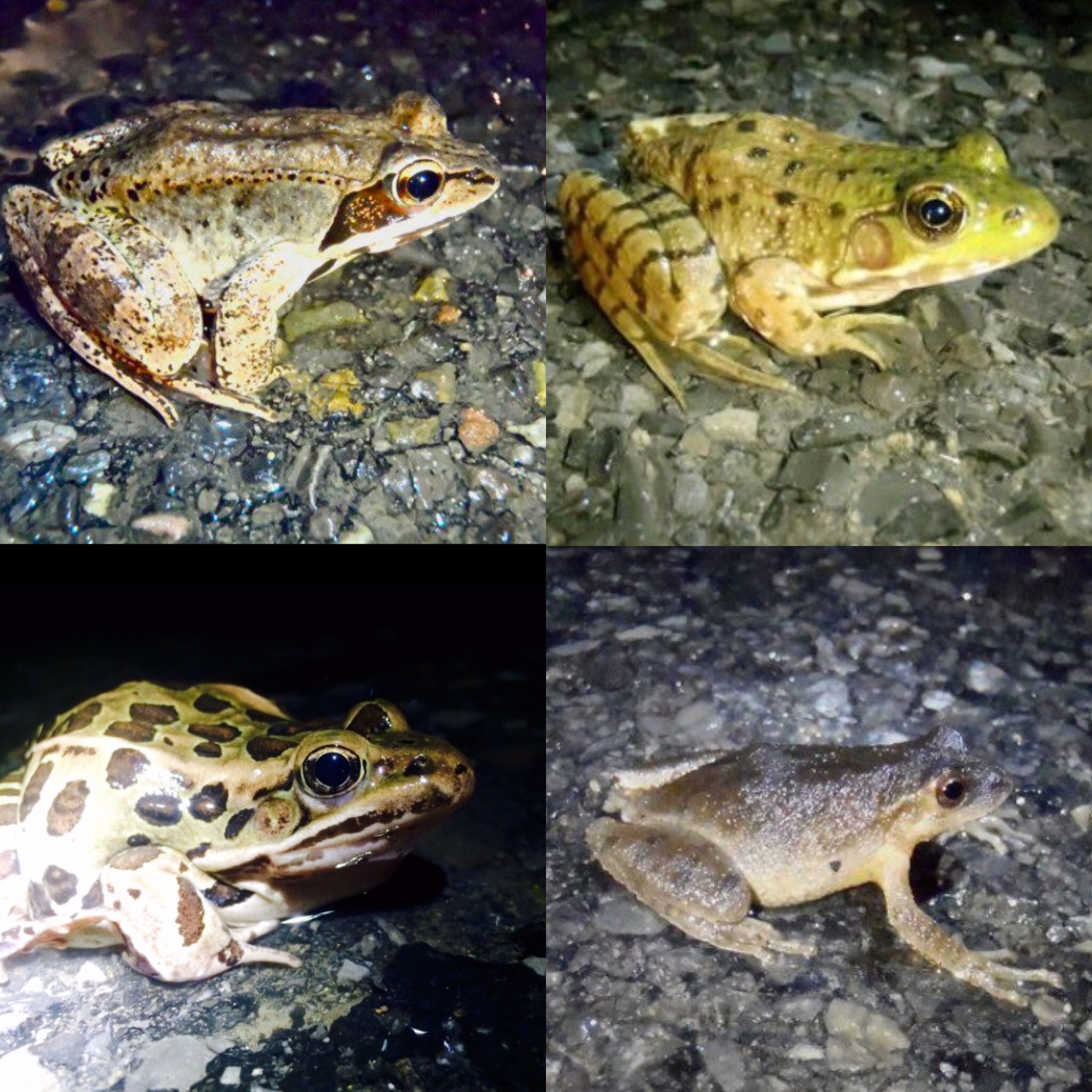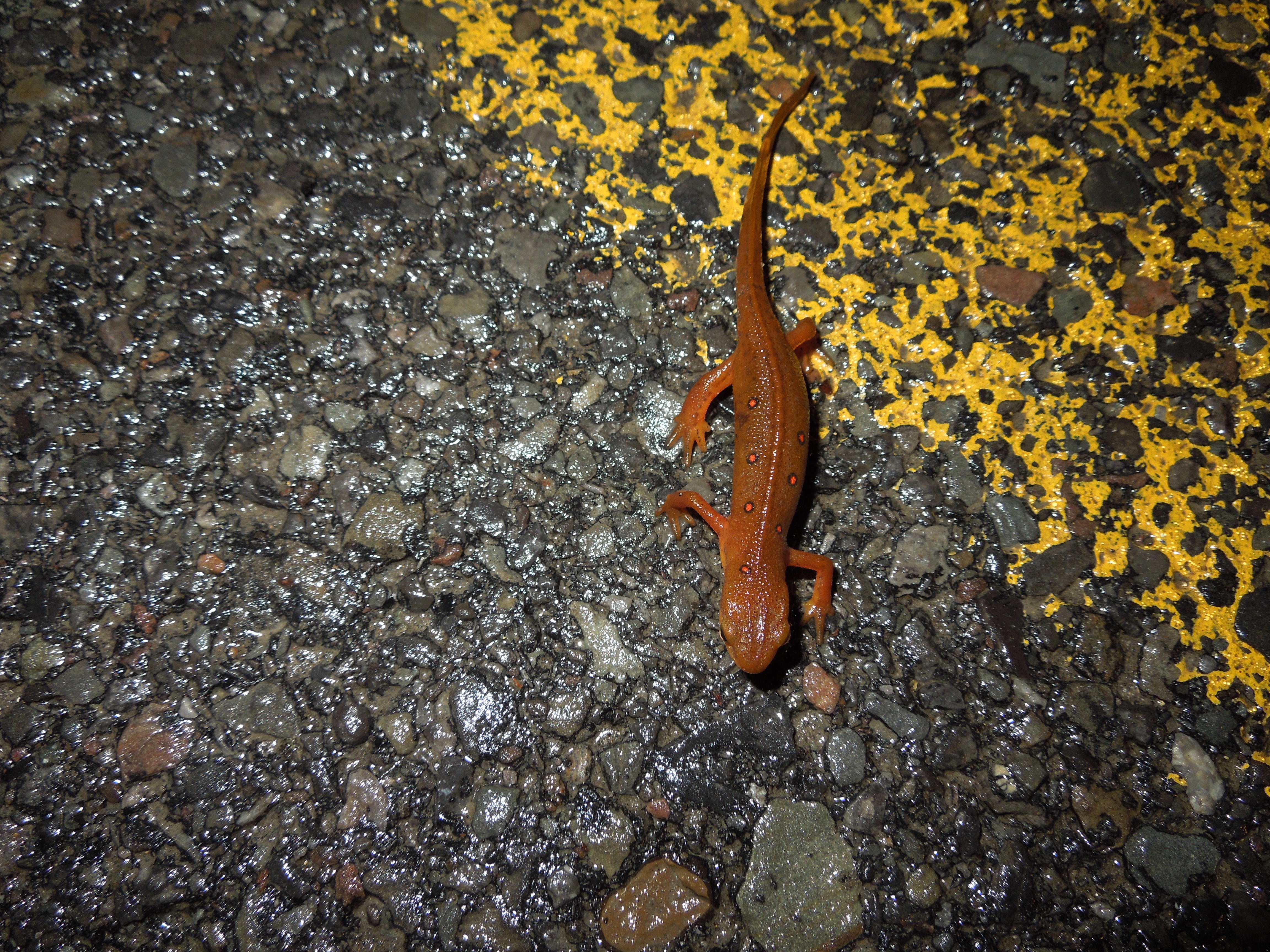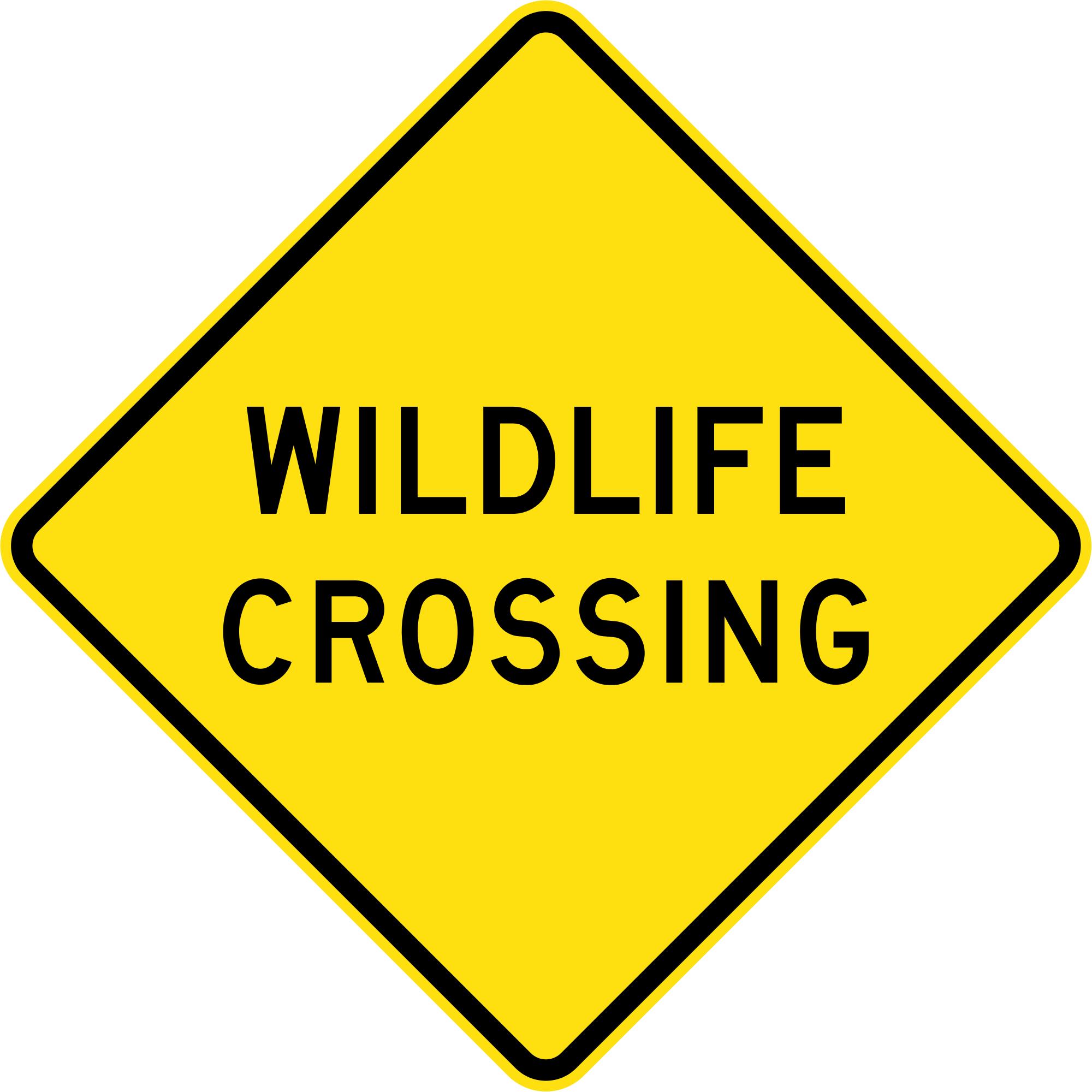It’s raining, and you’re driving along a dark road in late March or early April in New York. Your headlight beam picks up something with a different sheen than the wet pavement, and as you slow your vehicle, you notice that the object is creeping steadily across the lane in front of you.
This is the time of year where amphibians emerge from their overwintering locations and make an annual pilgrimage to the ephemeral pools in which they breed. These temporary wetlands within the forest are a critical habitat component, but the seasonal migration pathway to them (up to a quarter of a mile away!) often crosses roadways and therefore is fraught with danger for these slow-moving creatures.
Salamanders:
1. Spotted Salamander (Ambystoma maculatum)
2. Blue-Spotted Salamander (Ambystoma laterale)
3. Jefferson's Salamander (Ambystoma jeffersonianum)
4. Marbled Salamander (Ambystoma opacum)
5. Eastern Tiger Salamander (Ambystoma tigrinum)
6. Northern Redbacked Salamander (Plethodon cinereus)
7. Northern Dusky Salamander (Desmognathus fuscus)
8. Allegheny Dusky Salamander (Desmognathus ochrophaeus)
9. Northern Slimy Salamander (Plethodon glutinosus)
10. Wehrle's Salamander (Plethodon wehrlei)
11. Four-toed Salamander (Hemidactylium scutatum)
12. Northern Spring Salamander (Gyrinophilus porphyriticus)
13. Red Salamander (Pseudotriton ruber)
14. Red-spotted Newt (Notophthalmus viridescens)
15. Northern Two-lined Salamander (Eurycea bislineata)
16. Longtail Salamander (Eurycea longicauda)
17. Common Mudpuppy (Necturus maculosus)
18. Eastern Hellbender (Cryptobranchus alleganiensis)
For more information on New York salamander species: Lake, pond, and stream salamanders of New York State
Frogs:
1. Northern Cricket Frog (Acris crepitans)
2. Gray Treefrog (Hyla versicolor)
3. Northern Spring Peeper (Pseudacris crucifer)
4. Western Chorus Frog (Pseudacris triseriata)
5. Bullfrog (Lithobates (Rana) catesbiana)
6. Green Frog (Lithobates (Rana) clamitans)
7. Pickerel Frog (Lithobates (Rana) palustris)
8. Wood Frog (Lithobates (Rana) sylvaticus)
9. Northern Leopard Frog (Lithobates (Rana) pipiens)
10. Southern Leopard Frog (Lithobates (Rana) sphenocephala)
11. Atlantic Coast Leopard Frog (Lithobates (Rana) kauffeldi)
12. Mink Frog (Lithobates (Rana) septentrionalis)
13. American Toad (Anaxyrus (Bufo) americana)
14. Fowler's Toad (Anaxyrus (Bufo) fowleri)
15. Spadefoot Toad (Scaphiopus holbrookii)
For more information on New York frog and toad species: Frogs and toads of New York State
A Herpetofauna Hot Spot
Seldom seen throughout the rest of the year due to their subterranean nature, spring is a good time to observe the charismatic “mole salamanders,” or those that belong to the family Ambystomatidae. An impressive 5-8 inches depending on species, in upstate New York this grouping includes marbled salamanders, spotted and blue-spotted salamanders, and Jefferson’s salamanders. Though not vernal pool breeders, eastern newts, four-toed salamanders, red-backed salamanders, and the occasional red salamander are often observed on the road at the same time. Wood frogs share the need to breed in woodland pools, and spring peepers, American and Fowler’s toads, pickerel and green frogs are also frequently seen at the same time of emergence. On “Big Nights,” the first fall of darkness on an evening when it’s raining and the air temperature is over 40F, you can expect to see many of these species (and sometimes more) represented, often with animal numbers in the hundreds if conditions are ideal!
The Disappearing Pond
Vernal pools, also called woodland pools or ephemeral pools, are temporary wetlands found within forested landscapes. They are small depressions that are not connected to a flowing water source; they are filled solely by groundwater levels or rain/snow runoff. Because of this, they typically fill during the spring and fall, but dry out during summer or during times of drought. They are ideal breeding locations for amphibians because they are unable to support fish, potential predators of eggs and young, due to their impermanency. In addition to being just breeding habitat, they are necessary components of the forest food web and their productivity hints at the health of the local ecosystem. Unfortunately, due to their small size and temporary nature, they’re usually not protected under the same wetland regulations that larger waterbodies are.
I Get By With A Little Help From My Friends
There are many ways to get involved, as simple as driving with extreme caution on nights when amphibians are out and about, or as involved as participating in organized citizen science data collection efforts. Many people elect to gently assist in moving amphibians off the road, with clean moistened hands and in the direction that the animal was originally headed. Making note of what amphibians are crossing where and submitting it to your state wildlife agency can provide valuable information that can aide in the protection of these sensitive habitats and the life forms that utilize them.
For more information on amphibian citizen science programs that you can participate in, please see:







